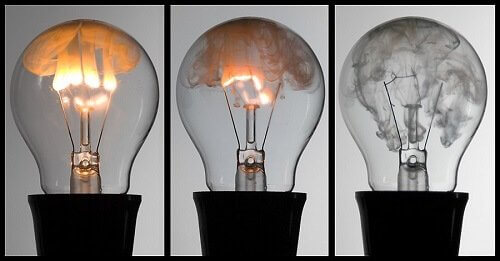What should be the voltage: 220 or 230 volts?
In the post-war period, the USSR faced the task of restoring the national economy. Much attention was paid to the electrification of the country. Outdated transformers, the output voltage of which was limited to 110-127 Volts, were replaced with new equipment with a standard of 220 Volts. For a long time, the standard voltage of 220 V with a frequency of 50 Hz remained the most common. And only in 1993 it was decided to bring the rated voltages of existing 220/380 networks and foreign 240/415 V to a value of 230/400 V. (GOST 29322-92 (IEC 38-83)). Today, 220 or 230 Volts is accepted as standard in more than 150 countries. Within this article we will tell the readers of the site Elecroexpert, what is all the same the voltage norm in the network
What is the voltage in the network
Since 2003, the standard voltage of 230V should have appeared in the outlets of our apartments and private houses. But for the past 17 years, this transition can not be completed.
From September 30, 2014, instead of GOST 29322-92, it was adopted GOST 29322-2014 (IEC 60038: 2009), establishing what the standard voltage should be. Now its value is 230 V (± 10%) at a frequency of 50 Hz (± 0.2). But still quite often 220 V is present in the mains instead of the expected 230 V.
The rated parameters of AC power networks up to 1000 V are indicated in the table given in GOST 29322-2014.
In the first and second columns, smaller values are the voltage between phase and neutral (phase), large ones are between phases (linear). If one value is indicated, then this is the voltage between the phases of the three-phase three-wire system.
The standard voltage of 230/400 V appeared as a result of the evolution of the 220/360 V and 240/415 V system. Currently, the 220/360 system is no longer used in Europe and other countries, but 220/380 V and 240/415 V are still actively used.
The change in standards was caused by the need to bring electricity into full compliance with European parameters in order to facilitate the export and import of electricity and electrical devices.
Permissible deviations of voltage in the network
Not always in our network exactly 230 Volts.
Often, outdated network equipment, errors in network design, poor maintenance, wear and tear of the networks themselves, and a large increase in electricity consumption lead to a significant deviation from existing standards.
In the table (GOST 29322-2014), a fragment of which is presented below, the highest and lowest voltages in AC systems are normalized to 1000 V.
According to GOST 29322-2014 in 2020, the network must have:
- 230 volts;
- tolerances 207 - 253 V.
How much is needed for electrical appliances
Equipment manufactured for domestic consumers works both at 220 V and at 230 V, because manufacturers lay the required margin from -15% to +10%. from face value. But in each case, the permissible range of characteristics of the supply network for the device is indicated in the product passport or on its label.For example, computers can operate at 140 - 240 V, and a phone charger at 110 - 250 V. These markings are often applied to the product itself.
The most sensitive to the quality of electricity are devices that have electric motors. Here, a lower voltage can lead to difficulties in starting up and shorten the life of the equipment, and an increased one will lead to overloads, which also shorten the period of operation. If you take a conventional incandescent lamp and lower the supply voltage by 10%, then the glow intensity will noticeably decrease, and if you increase it, its service life will be reduced by 4 times.
The permissible maximum norm in the network is 253 V. This value may be too high for electrical equipment designed for 220 volts. The difference in voltage will lead to overheating of the power supplies, network adapters, to premature failure of devices.
If you notice that your equipment has begun to overheat, fail, check mains voltage. If there is a deviation of more than 10%, immediately contact your network company. They are required to take measures to eliminate the factors that caused the violation.
Now you know what is still the norm of the voltage in the network. If you have questions, ask comments under the article. We hope the information was useful and interesting for you!
Related materials:












